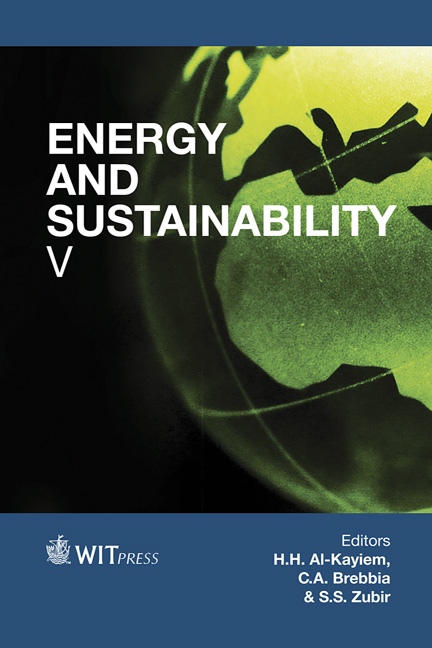Sustainability In Waterfront Development In Malaysia: Barriers To Achieving Best Practices Of Waterfront Development
Price
Free (open access)
Transaction
Volume
186
Pages
10
Page Range
421 - 430
Published
2015
Size
286 kb
Paper DOI
10.2495/ESUS140361
Copyright
WIT Press
Author(s)
M. N. Razali, A. M. Yassin, S. H. Mastor, A. Z. Zainudin
Abstract
In Malaysia, rivers were homes to vital communities and they initiated the emergence of cities around them. Population growth, economic growth, urbanisation and increased technology have transformed many Malaysian river systems from water industries into non-water industries. The focus of this study was to examine the level of success for sustainable waterfront development in Malaysia as well as to identify the barriers in achieving best practices in waterfront development in Malaysia. The findings of this research were based on the questionnaires mailed and e-mailed to property development companies listed by Bursa Malaysia in 2009. The findings indicated that the level of successful implementation of waterfront development in Malaysia was considered low. This was attributed by several reasons such as; difficulty in balancing the various social, economic and financial needs of the various stakeholders, no collaboration between stakeholders, and external interference and lack of human expertise. The attributes identified were then recommended to be improved in order to achieve best practices of waterfront development in Malaysia in future.
Keywords
best practice, successful waterfront development, waterfront, waterfront development





